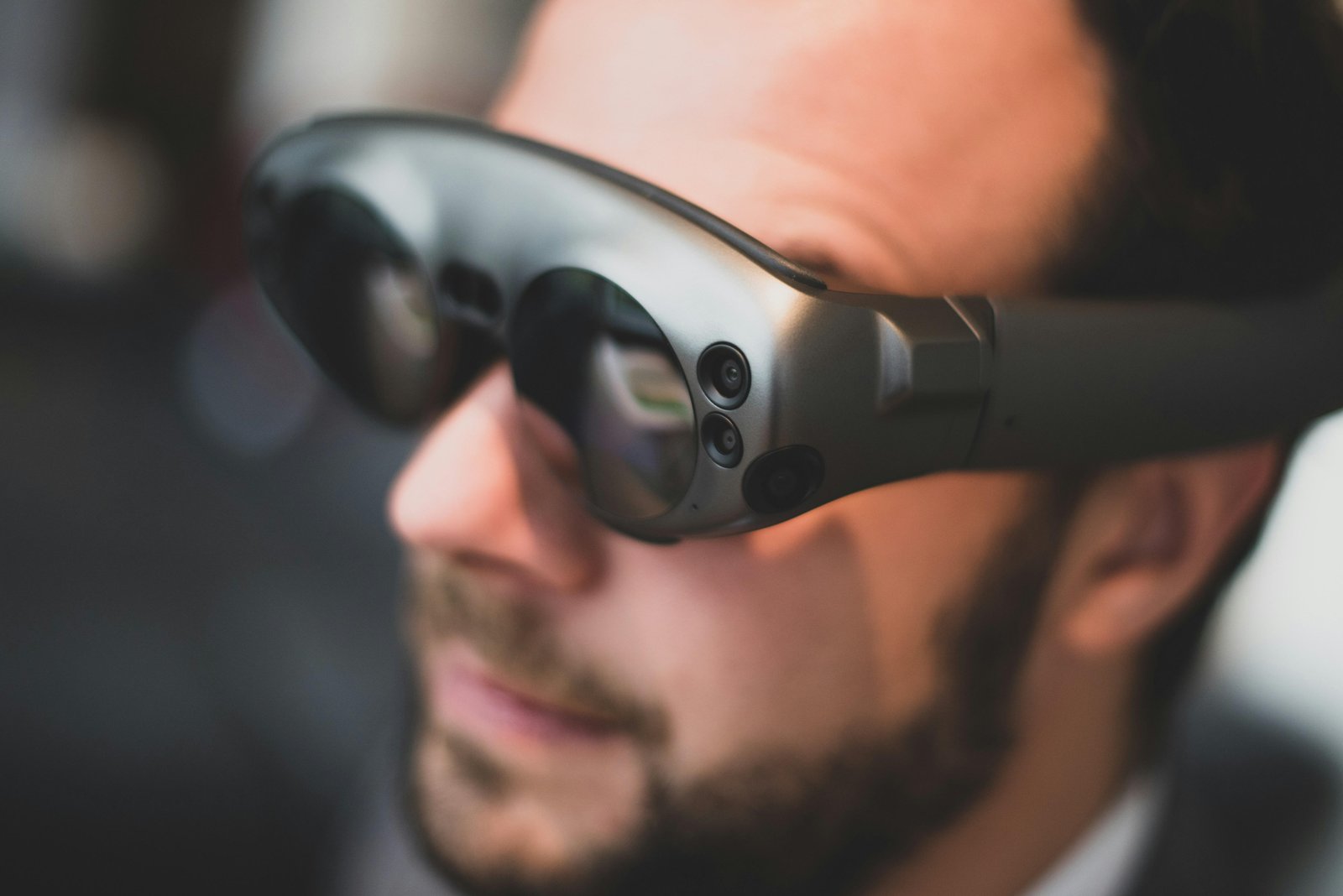The augmented reality (AR) glasses market is undergoing rapid transformation, shaped by technological advancements, growing industry applications, and shifting consumer preferences. This dynamic market landscape is characterized by innovation, competition, and evolving trends, positioning AR glasses as a significant technology for both personal and business use.
1. Key Market Players and Competition
The AR glasses market is a highly competitive space, with both established technology giants and emerging startups vying for market share. Leading companies such as Microsoft, Google, Apple, and Snap Inc. have played a pivotal role in advancing AR technologies and driving product development. Microsoft’s HoloLens is widely recognized as a leader in the enterprise AR space, offering advanced mixed-reality capabilities for industries like healthcare, manufacturing, and construction. Google, with its Glass Enterprise Edition, has targeted enterprise applications, emphasizing hands-free productivity and real-time data access.
Emerging players such as Magic Leap and Vuzix are also gaining traction with cutting-edge devices that cater to both consumer and business markets. Magic Leap, known for its Magic Leap One headset, is focused on delivering immersive AR experiences, while Vuzix offers lightweight and functional smart glasses for various industrial sectors.
In addition to these heavyweights, numerous startups are entering the market with specialized offerings, catering to niches such as healthcare, gaming, and retail. This diversity in players is driving innovation and pushing the boundaries of AR glasses applications.
2. Technological Enhancements
Technological progress is central to the evolving landscape of AR glasses. Key innovations include improvements in display quality, battery life, and processing power. The integration of 5G technology is a game-changer, providing high-speed connectivity that enhances AR applications, enabling seamless real-time data processing and interactive experiences. Additionally, advances in artificial intelligence (AI) and machine learning are helping to improve object recognition, spatial mapping, and contextual data overlays, making AR glasses smarter and more intuitive.
Moreover, lighter, more compact designs are making AR glasses more comfortable for prolonged use, with many companies focusing on reducing the bulkiness typically associated with AR headsets. This is particularly important as consumer adoption of AR glasses expands beyond niche markets to the mass market.
3. Industry Applications and Use Cases
The AR glasses market is benefiting from diverse applications across multiple sectors, transforming industries ranging from healthcare and manufacturing to entertainment and retail.
In healthcare, AR glasses are being used in surgeries, medical training, and patient monitoring. Surgeons can receive real-time data, visualizations, and augmented information about patient anatomy, improving decision-making during complex procedures. In education, AR glasses offer immersive learning experiences, helping students visualize complex subjects like anatomy or engineering principles.
In manufacturing and logistics, AR glasses provide workers with hands-free access to manuals, training materials, and operational instructions, improving productivity and reducing errors. For retail and fashion, companies like L’Oreal and IKEA have implemented AR solutions to allow customers to virtually try on products or visualize furniture in their homes.
Additionally, gaming and entertainment have witnessed substantial growth in AR glasses adoption, with immersive, interactive experiences being offered to users for gaming, live events, and social media engagement.
4. Market Challenges and Opportunities
Despite its rapid growth, the AR glasses market faces several challenges. Privacy concerns, data security, and the high cost of devices remain key barriers to widespread adoption. Moreover, the technology still faces some limitations in terms of battery life, display quality, and user comfort, especially for prolonged usage.
However, these challenges also present opportunities for innovation. As AR glasses become more mainstream, addressing issues such as affordability, usability, and security will open up significant market potential. Additionally, the ongoing advancements in cloud computing and 5G connectivity offer opportunities to create more powerful and accessible AR experiences for consumers and businesses.
Conclusion
The augmented reality glasses market is positioned for substantial growth, driven by technological innovations, diverse applications, and increasing consumer interest in immersive experiences. As competition intensifies and new players enter the space, the market will continue to evolve with more specialized and advanced solutions. With the right balance of innovation, cost, and usability, AR glasses are set to become a transformative technology across a range of industries and everyday life.


